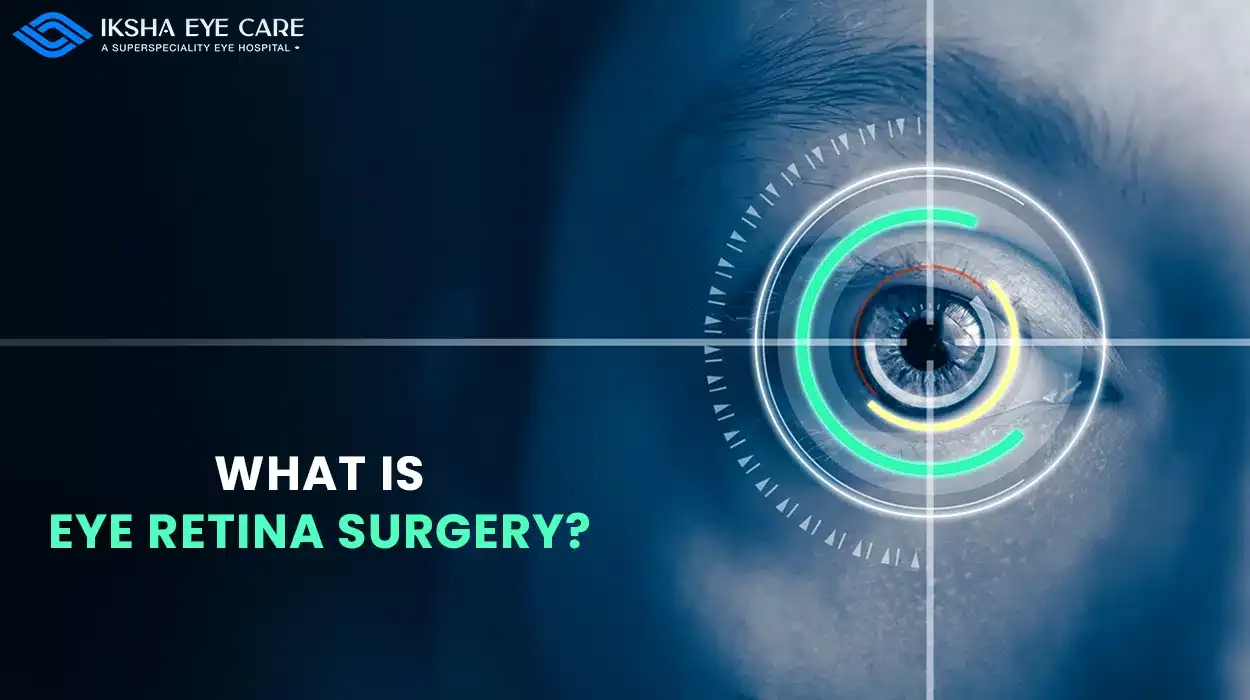The retina is a thin layer of tissue at the back of the eye that is responsible for converting light into electrical signals that are sent to the brain. When the retina detaches from the back of the eye, it is called a retinal detachment. This can cause sudden vision loss and, if not treated promptly, can lead to permanent vision loss.
Types of Eye Retina Surgery
There are several different types of eye retina surgery, each of which is designed to reattach the retina to the back of the eye. The type of surgery that is recommended will depend on the size and location of the retinal detachment, as well as the overall health of the eye.
- Pneumatic retinopexy: This is a type of surgery in which a small bubble of gas is injected into the vitreous, the clear gel-like substance that fills the eye. The gas bubble pushes the retina back into place so that it can heal. This procedure is typically done in the doctor’s office and does not require hospitalisation.
- Laser photocoagulation: This procedure uses a laser to create small burns around the retinal tear or detachment. The scar tissue that forms from these burns helps to seal the tear and prevent further fluid buildup under the retina. Laser photocoagulation is often done in conjunction with pneumatic retinopexy.
- Vitrectomy: This is a more complex type of surgery that is typically used for larger or more complex retinal detachments. In a vitrectomy, the vitreous is removed from the eye. The surgeon then seals the retinal tears or detachments and replaces the vitreous with a clear air, gas, or silicone oil bubble. Vitrectomy is usually done in the hospital under general anaesthesia.
- Vitrectomy Eye Retina Surgery Scleral buckling: This procedure involves placing a small band or buckle around the white part of the eye (sclera). The buckle helps to push the sclera inward, which in turn helps to push the retina back into place. Scleral buckling is often used in conjunction with other types of retinal surgery.
Recovery from Eye Retina Surgery
The recovery time from eye retina surgery varies depending on the type of surgery that was performed. In general, patients are advised to rest for a few days after surgery and avoid activities that could strain the eye. Most patients will need to wear an eye patch or shield for a few days after surgery.
In some cases, patients may experience some temporary side effects from eye retina surgery, such as:
- Blurred vision
- Eye pain
- Sensitivity to light
- Floating objects in the eye
- Redness and swelling of the eye
These side effects are usually temporary and go away on their own. However, if you experience any of these side effects, it is essential to contact your doctor right away.
Prevention of Eye Retina Surgery
There are a few things you can do to help prevent retinal detachment, including:
- Getting regular eye exams
- Wearing protective eyewear when playing sports or engaging in other activities that could put your eyes at risk
- Controlling your blood sugar levels if you have diabetes
- Treating high blood pressure
Iksha Eye Care
Iksha Eye Care is a leading provider of eye care services in Andheri & Santacruz. We offer a wide range of diagnostic and treatment services, including retinal surgery. Our eye retina specialists are committed to providing our patients with the highest quality of care.
If you are experiencing any symptoms of retinal detachment, such as a sudden loss of vision, flashes of light, or floating objects in your vision, it is important to see an eye doctor right away. Early diagnosis and treatment are essential for preventing permanent vision loss.
Contact 9321489919 to book your appointment with us NOW!


